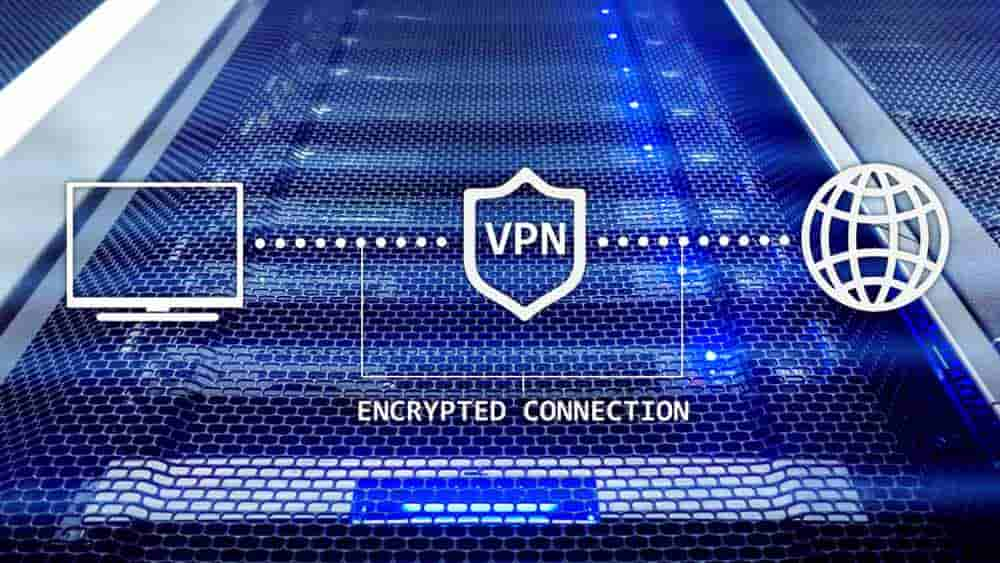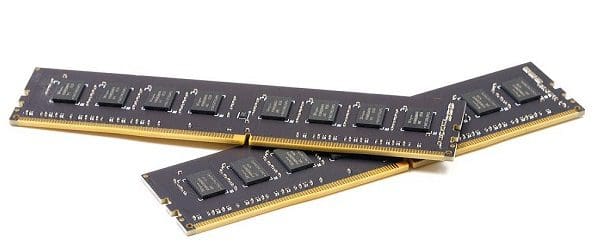SLS or Selective Laser Sintering is an Additive Manufacturing technology in which a laser is used to sinter a powdered material. The basic concept is similar to that of SLA printing, however, the format of the material pre-print is different, and working with powders offers some extra difficulties.
Tip: SLS may also be referred to as DMLS, or Direct Metal Laser Sintering, when the material is a metal.
What is SLS printing?
In an SLS printer, a powder is placed in a thin, smooth layer on a build surface. A laser then traces the layer, sintering the material. Once a layer is complete a new layer of powder is spread, which the laser again sinters. The process repeats until the print is complete.
Sintering is the process of compacting and solidifying a material through heat or pressure, without heating the material to the point where it actually melts. Technically any powdered material can be sintered, even metals. In fact, this is the main way that metals with extremely high melting points, such as Tungsten and Molybdenum are shaped. For 3D printing purposes, however, the powders are often polymers.
In the printer, a heating element is used to heat the powder to near the intended sintering temperature. This allows the laser to move very fast as it doesn’t need to spend much time heating the powder to a little below its melting point.
Advantages and disadvantages
SLS printing is capable of producing prints on which it’s essentially impossible to identify layer lines. The resulting prints are also extremely durable in comparison to FDM prints. Structure and strength-wise, SLS models are more comparable to injection moulding but allow more complex structures only really achievable with additive manufacturing techniques.
While SLS prints may not have layer lines, they do have a somewhat grainy surface texture. This should generally be smoothed in some way unless that finish is preferred. The grainy surface is because parts are roughly 30% porous. This porosity, also means that many materials can be easily dyed, although a sealing process may also be needed.
The use of a powder base offers a number of upsides and downsides. Firstly, the unsintered powder acts as a support structure, so no supports are needed. Secondly, the unused powder can be reclaimed and used again for future prints. Unfortunately, a lot of powder is needed, enough to fill the build area up to the highest point of the print. After printing, the model needs to cool while still in the powder, this can take 12 hours or more depending on the volume of material and the temperature to which it needed to be heated.
The single biggest issue for most people though will be the price of the hardware. Printers can start from $100k which puts them out of reach for the average 3D printing enthusiast. Thankfully, many 3D printing services have the capital to spend to offer SLS printing as a unique service. While you may not be able to own an SLS printer, you can still get SLS prints if you want.
Have you had a model printed with an SLS printer? What did you think of the results? Let us know down below.



